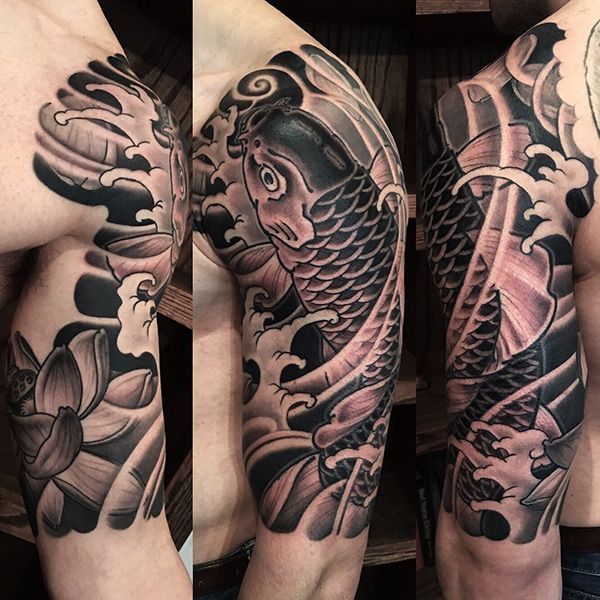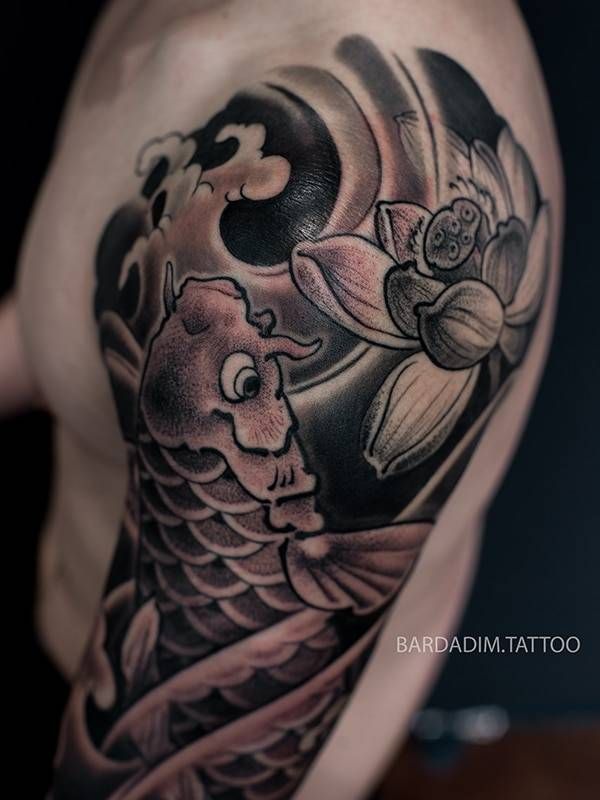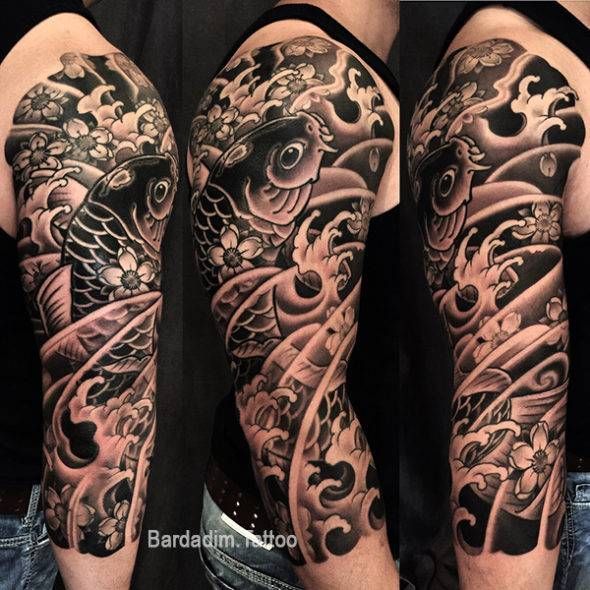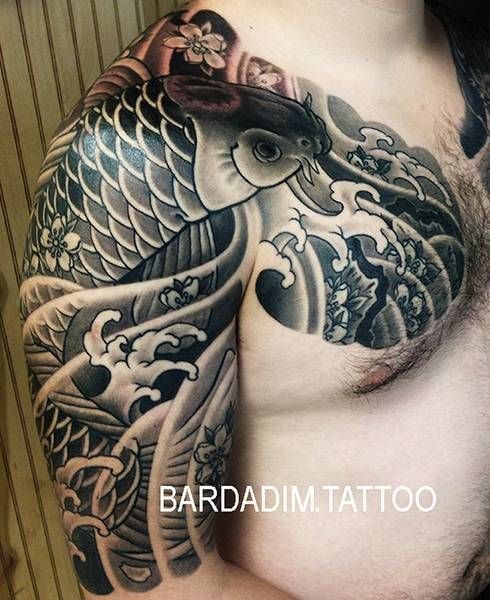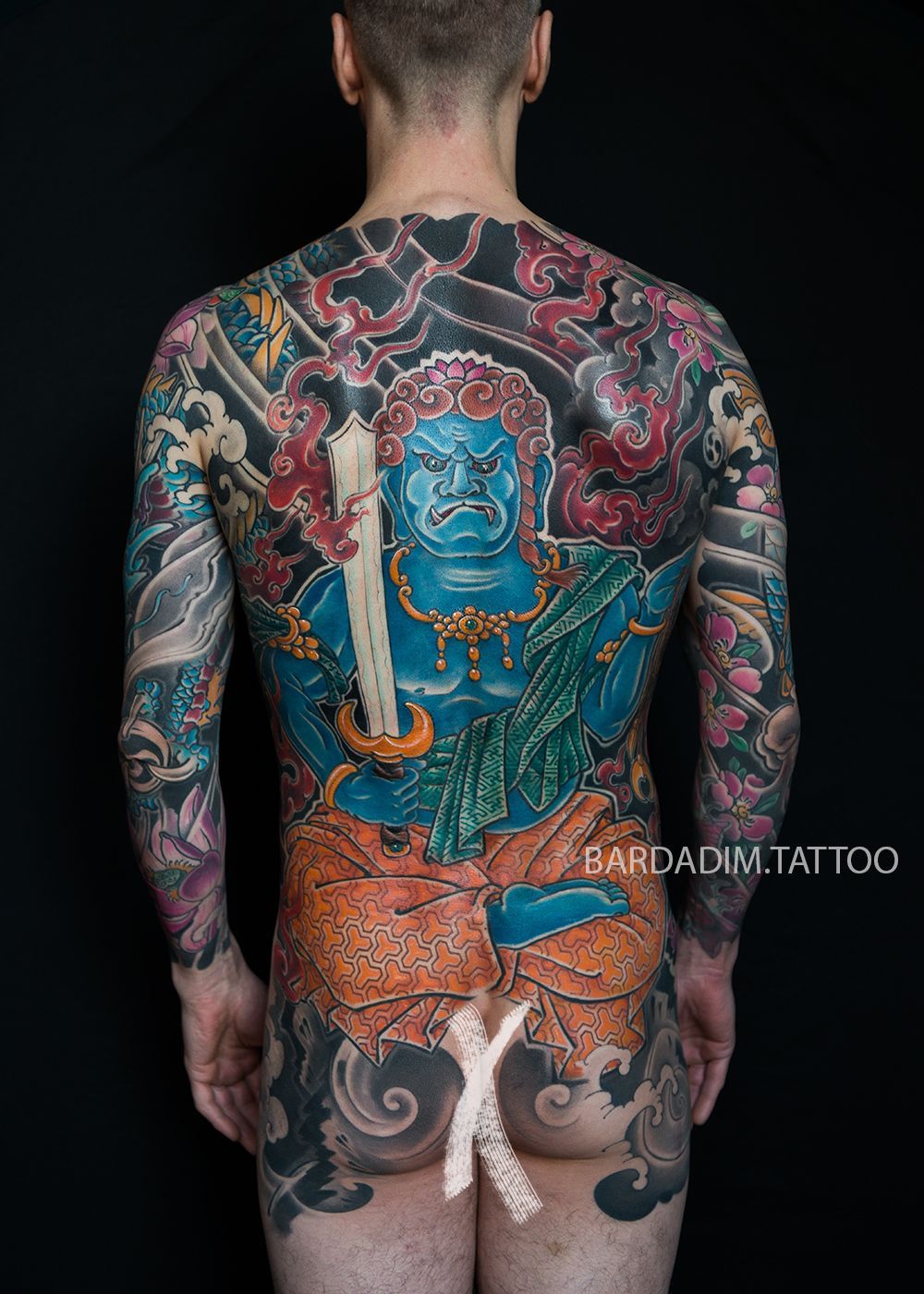This little gallery dedicated to Japanese Sleeve Black and Grey Style. All These Japanese Tattoos are done in different time and places – For the past 30 years I had a chance to work at a lot of great Tattoo Shops and Tattoo Conventions, little by little collecting experience and portfolio.
Japanese Tattoo – one of the most popular style in modern tattooing. Being looking quite illustrative, it’s traditionally deeply symbolical. Every element of Japanese tattoo design has it’s particular meaning and purpose. In order to understand the design meaning, it is essential to understand the history and background of Japanese culture itself. If you want your tattoo done in Japanese style but confused by it’s symbolics, please contact me, and I’ll definitely help to choose right design elements!
Here is a little bit about Japanese Tattoo Style – Irezumi Symbology.
Before scheduling your consultation, please make sure that: You have collected reference images which clearly illustrate your tattoo idea and you are able to provide them(in digital) for detailed discussion during your consultation appointment.
Please note: Photos of someone else’s tattoos can be only used as examples. ABSOLUTELY NO copying of other peoples tattoos or parts of tattoos!
All Tattoo Projects
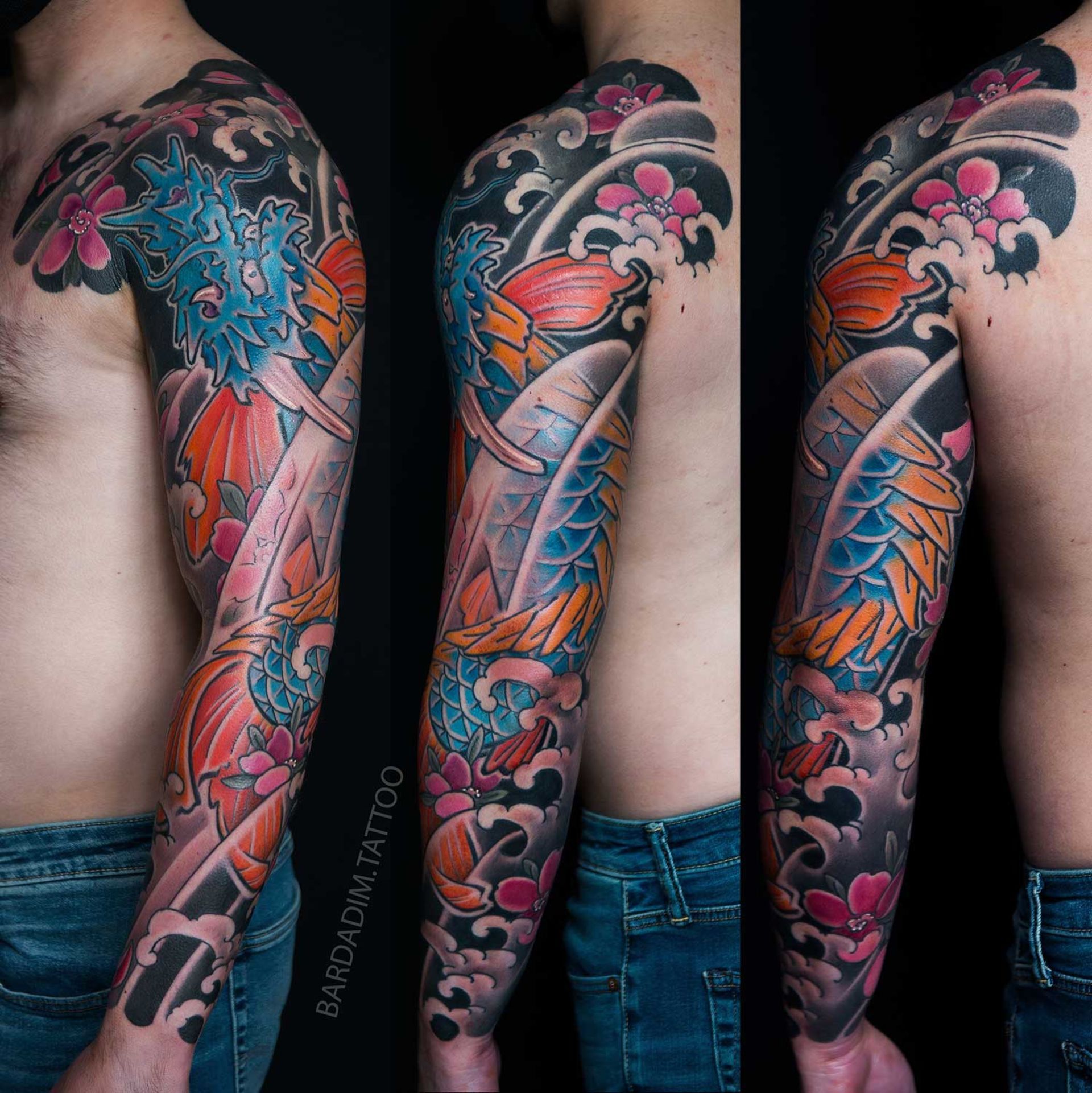
Other Posts
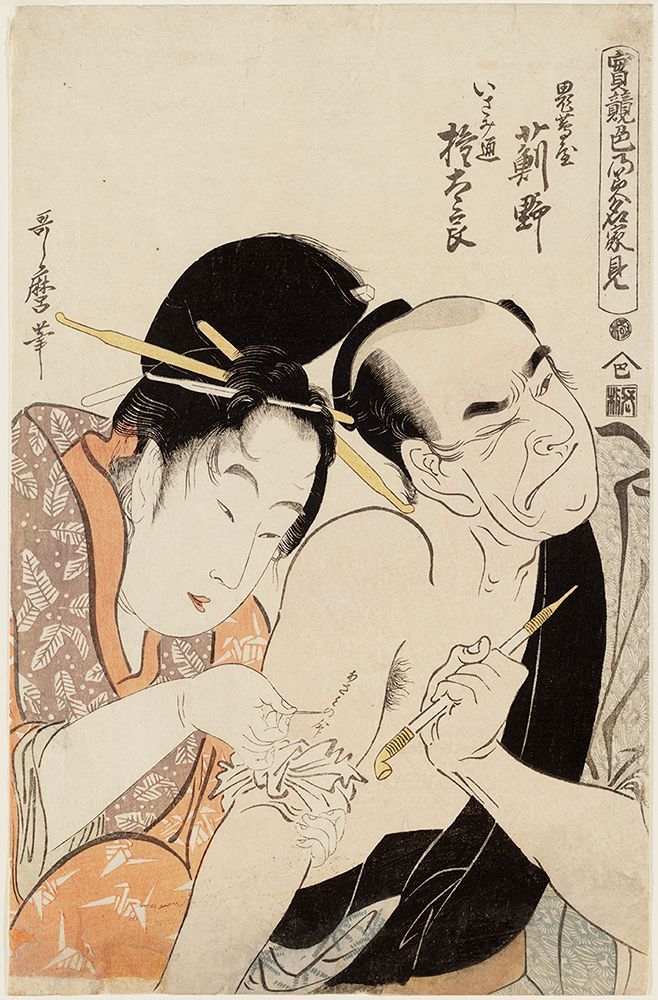

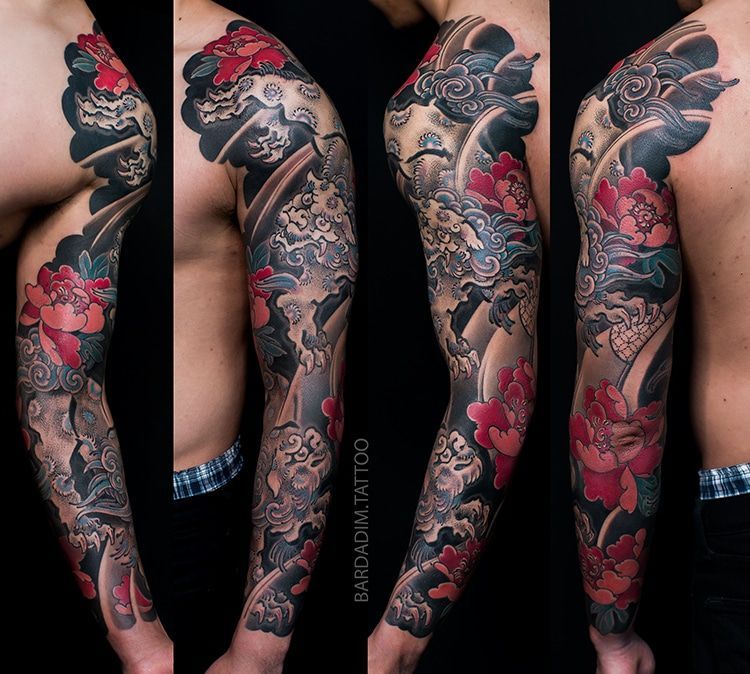
Ready to start your tattoo project?
We do NOT do walk-ins. ONLY private appointments which really easy to schedule. Please learn the process and request your consultation.


